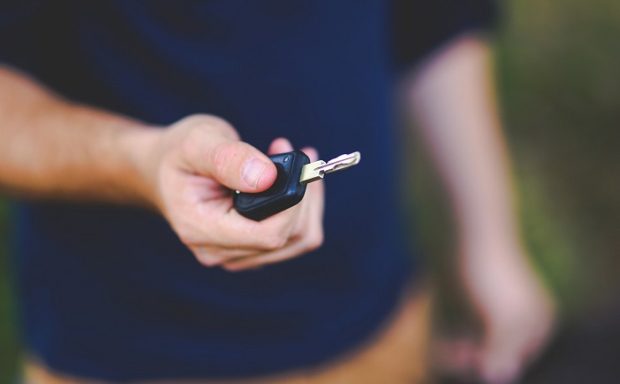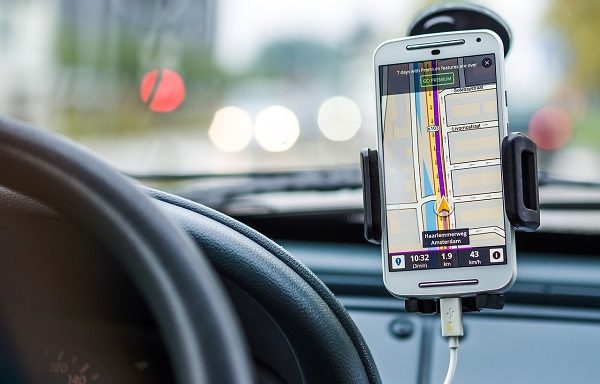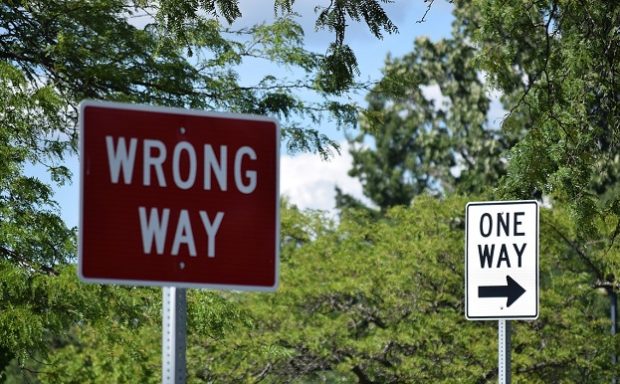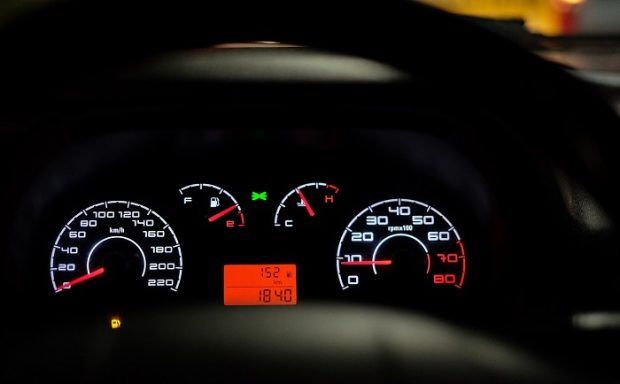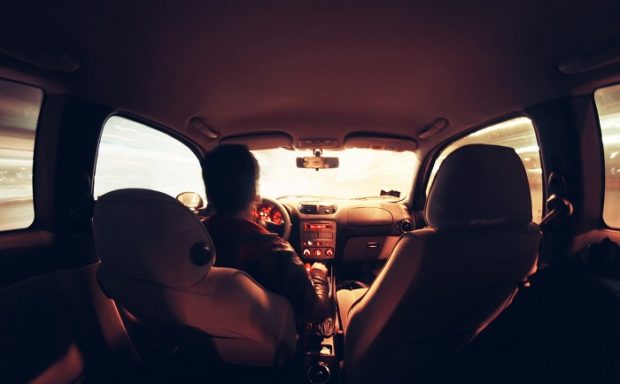7 Driving Techniques to Improve Visibility on the Road and Stay Safe
Low visibility driving can be a challenging and dangerous experience for drivers, particularly in inclement weather conditions such as fog, rain, or snow. It is important for drivers to know how to adjust their driving techniques to improve their visibility and stay safe on the road. Here are some tips for driving in low visibility conditions.
- Slow down: One of the most important things you can do when driving in low visibility conditions is to slow down. Reduced visibility can make it harder to see obstacles on the road, so it is important to reduce your speed to give yourself more time to react. If you are driving in fog, it is especially important to slow down, as fog can severely limit your visibility and reduce your reaction time.
- Turn on your lights: Low visibility conditions can make it harder for other drivers to see you, so it is important to turn on your lights. This includes your headlights, taillights, and fog lights, if your vehicle is equipped with them. Make sure your lights are functioning properly and that they are aimed correctly so that they provide maximum visibility for other drivers.
- Use your windshield wipers: If you are driving in rain or snow, it is important to use your windshield wipers to improve your visibility. Make sure your windshield wipers are functioning properly and that you have enough windshield wiper fluid to clean your windshield. It is also a good idea to adjust the speed of your windshield wipers to match the speed of the rain or snow.
- Maintain a safe following distance: When driving in low visibility conditions, it is important to maintain a safe following distance. This will give you more time to react if the vehicle in front of you stops suddenly. A safe following distance is usually considered to be about two to three seconds behind the vehicle in front of you.
- Avoid using high beams: While it may seem like a good idea to use high beams in low visibility conditions, it can actually make it harder for you to see. High beams reflect off the fog, snow, or rain and create a bright light that can impair your vision. Instead, use low beams or fog lights to improve your visibility.
- Be aware of other drivers: Low visibility conditions can make it difficult for other drivers to see you, so it is important to be aware of their actions and to avoid making sudden movements. Pay attention to the other drivers on the road and be prepared to react if they make a sudden turn or stop.
- Watch for road signs: Low visibility conditions can make it harder to see road signs, so it is important to be extra vigilant when driving in these conditions. Pay close attention to road signs, such as speed limit signs, stop signs, and yield signs, and make sure you obey them.


